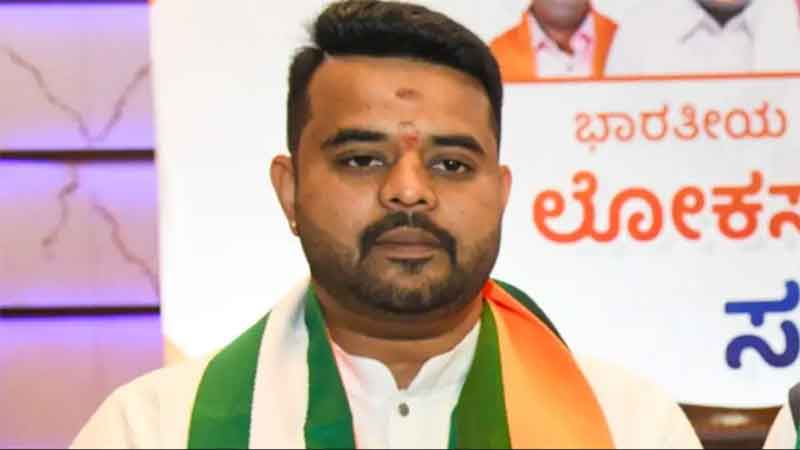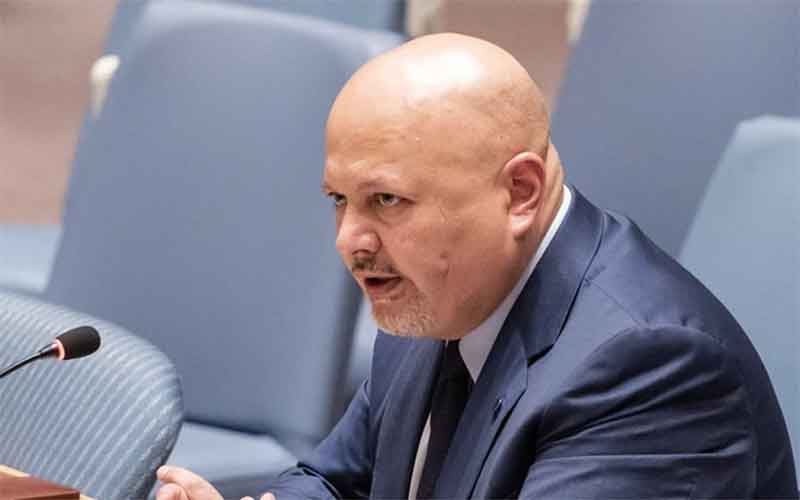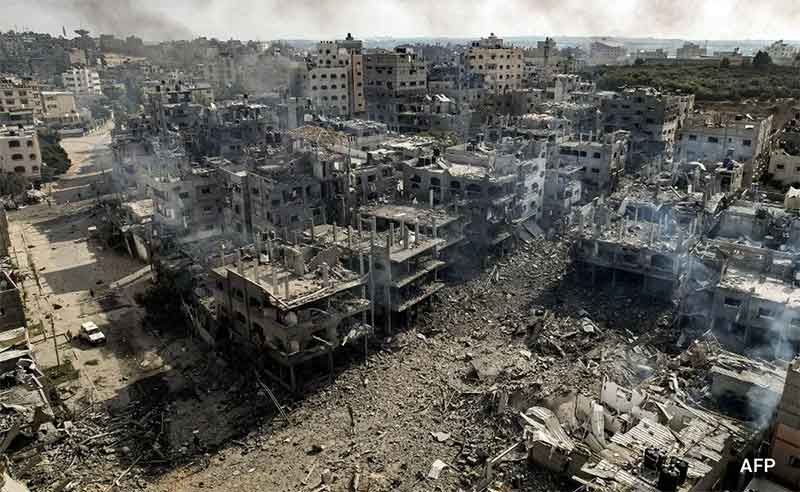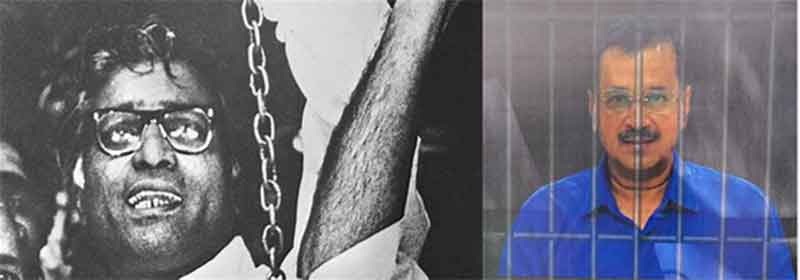
C.L.R. James, a prominent Trinidadian Historian, and Socialist, is well known for his contribution to the historiography of the study of events. He once said, “An artistic, a social event does not reflect the age. It is the age”. These words reflect the influential role that certain events can have on the course of a nation’s history and its people. For James, Revolution is the greatest social event in the history of any society. But in the Indian case, the greatest social event post-independence is not a revolution per se, but a religious movement.
One such event in post independent Indian history is the Ayodhya movement. It is very surprising to see how this movement was evolved and carried out, and finally how it shaped the trajectory of India’s history and will indubitably for a long time to come, dominate life in India. Looking back to its origins, this movement is an outcome of a legal dispute over a title of a small plot of land in North India, which soon culminated into a movement that changed the political and social fabric of India. In this piece, I will provide an outline of the history of the movement and address how this event redefined the idea of India.
‘The Idea of India’ is the title of a book written by Sunil Khilnani. As the title of the book suggests, the main theme of the book is to explore what constitutes India. His answer to this all-encompassing question is that India is diverse and modern in its ways of providing space for the flourishing of diversity against all the odds against it from within or outside. Khilnani is championing the vision of Jawaharlal Nehru, whom he refers to as his “icon”, in defining this idea of India. For Nehru, India is “a confluence of different world civilizations, out of which have emerged a unique array of cultures, religions, and ways of living” and this array is not unchanging. It continuously evolves, through self-criticism, shedding all that hinders the spirit of diversity and perpetuating the finest elements that have the ability to carry on the Indian spirit.
Nehru’s Idea of India was not free from contention within India. There is another idea of India, which is explicitly inherent in the “two-nation theory”, an idea that was shaped by communal forces in India. The premise of this counter idea to Nehru’s vision is simple, but barbaric in its form and destructive in its spirit: If India was divided into two on religions lines, of which one part is Pakistan and it became a Muslim nation, why isn’t the other part, that is India in its present form be a Hindu Nation?
This idea is antithetical, not only to Nehru’s vision alone, but it is against the fundamentals of the Indian constitution which is based on principles of secularism. This idea is proclaimed by Hindutva communal forces who sought to redefine the diverse identity of the Indian state with a monolithic communal Hindu identity. This idea couldn’t stand in Nehru’s India, but not completely wiped out. It repeatedly clashed with Nehru’s idea of India, strengthened the poison in its fangs, and waited for the perfect time to attack.
Two factors helped the growth of communal forces. One factor is the absence of an active ideological struggle against communal ideologies. Nehru was very much aware of and acknowledged the threats posed by communal forces. In 1954, he declared: “So far as I am concerned, I am prepared to lose every election in India but to give no quarter to communalism or casteism”. Nehru did everything to crush the communal forces. What Nehru failed to do is to distinguish between communal ideologues and ideology, and communal followers. Nehru repeatedly attacked communal followers and saw them as real villains. But they are actually victims of communal ideologues and ideology and it is possible to end communalism only by attacking its ideologues and ideology, not its followers alone. Unfortunately, these ideologues and ideologies were not sufficiently opposed in Nehru’s era.
The second factor is directly related to the first factor- the continuous perpetuation of Hindu communal and political organisations like RSS, VHP, Hindu Mahasabha, Jan Sangh, and BJP. These communal forces, which have no role in the Independence struggle, erupted in the wake of partition and were marginalised immediately. They slowly gained ascendancy after the 1977 elections and openly pushed forward their communal agenda. This process reached its zenith with the Ayodhya movement.
The scope of this movement should be understood in two ways. Firstly, the Hindutva forces wanted to equate their Hindu communalism with nationalism. In February 1991, it was reported in ‘Organiser’, the official mouthpiece of RSS, reported that BJP wanted to “widen the scope of (Ayodhya) campaign by juxtaposing Ram with Rashtriyata (nationalism)”. Secondly, they wanted to attach the idea of national honour to Ayodhya. On 4th April, 1991, Atal Behari Vajpayee told in a VHP rally that “the construction of a temple at Ram Janmabhoomi was necessary because national honour had to be restored”. Hindutva forces are certainly successful in achieving both their goals through Ayodhya movement.
In the way of pursuing their goals, Ram Rath Yatra was started by L.K. Advani, which was recognised as “arguably the single most fissiparous action by any politician in Independent India”, from Somnath to the disputed site in Ayodhya, which ended with the demolition of Babri Masjid. Since then, BJP continuously increased its electoral gains and formed their government at centre in 1996, and 1998-1999 under the leadership of Vajpayee. The biggest success came in the 2014 and 2019 elections under Narendra Modi. In BJP’s 2019 manifesto, it promised, “We reiterate our stand on Ram Mandir. We will explore all possibilities within the framework of the Constitution and all necessary efforts to facilitate the expeditious construction of the Ram Temple in Ayodhya”. BJP fulfilled its promise with a grand ground-breaking ceremony on August 5th and after which temple construction will begin. Coincidentally, or deliberately, exactly a year ago, that is on August 5th of 2019, Home Minister Amit Shah announced in Rajya Sabha the Abrogation of Article 370, which scrapped the special status for Jammu and Kashmir (an agenda of BJP since a very long time even before it came to power), a move that was widely criticised as a part of ruling party’s ‘Hindutva Project’ of India.
But what does all this mean to India? It is clear now that the scope of Ayodhya dispute is not just about constructing a temple alone and it would be a blunder to think that the impact of the movement reached its climax with the construction of the temple and will end immediately after bricks are laid for construction. Ayodhya is symbolising something much bigger than what is visible on the surface.
The movement has wider implications in defining nation’s identity in terms of communal lines, equating communalism to nationalism, defining nationhood and national honour in religious terms and annihilating the secular ideals on which the Indian constitution was based upon. It is a tilt away from Nehru’s ‘idea of India’. A dispute over a small plot is now potential to leverage its impact on the consciousness of India and the nation’s imagination in political, social and cultural terms.
Politically, its effects are seen in the voting patterns and electoral victories. The ruling party used Ayodhya to capture the religious sentiments of Hindu population. Since the demolition of Babri, BJP has used Ayodhya as a poll issue to project themselves as torchbearers for preserving the honour of Hindus and Hinduism. Opponents to their idea are ridiculed, trolled, and vandalised, and were asked to leave the country and go to Pakistan.
Socially, religious minorities are threatened all over the country. Muslims are portrayed as a threat to the nation. Communal forces encoded into people’s minds that India belongs to Hindus alone and all others are foreign elements. The project of ‘Hinduisation” of India is rampant. Culturally, Hindu majoritarianism is taking wider steps to demolish the phenomena of multicultural tolerance in India. Arguably, the nexus of RSS-BJP and other communal bodies are successful in redefining the idea of India.
This is not the end of Nehru’s idea of India. As it is said above, it is only a tilt, but not the triumph of Hindutva idea. India can never be homogenized as a country. Though there are occasionally times when communal ideas play a bigger role, the dusk will always await them. By this, it is not propounded that the communal forces wither themselves away. They must be fought with ideas. Commenting on the success of BJP in the 2019 elections, Amartya Sen noted the “victory in terms of power but not in the battle of ideas”. The ideological opposition to communalists must be strengthened. This role has to be played by all sections of people. Indian National Congress party has a larger role to play in this sphere. It should revive itself by once again projecting the diverse and secular ideas of India. Intellectuals, especially liberals, have responsibility on them to inform the citizenry about the dangers that communal ideas pose to the real ‘Indianness’ and protect the multitudinous cultural fabric of India. The project against the popular communal forces that have consolidated power in India is not an easy one, but not impossible. Nehru’s ‘Idea of India’ is here to stay, forever.
Mucheli Rishvanth Reddy is currently pursuing final year in BA Economics, Political Science and Sociology at Christ University, Bangalore.
SIGN UP FOR COUNTERCURRENTS DAILY NEWSLETTER














































